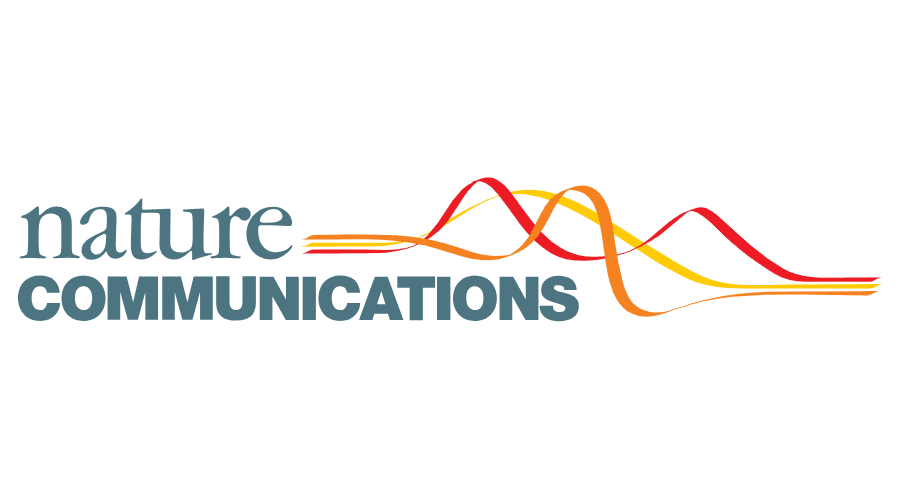Part 2 of 2 Parts (Please read Part 1 first)
According to a new paper published in Nature Communications, a team of European researchers think that they have found a solution to the tracking problem. Michael Steindorfer is a space debris researcher from the Austrian Academy of Sciences and the leader of a research team. They have discovered a way to visualize space debris during daylight against a blue sky background. They do not measure reflected sunlight the way that current laser tracking systems do. Instead, the new daylight technique uses a specialized filter, telescope, and camera system to observe stars in the sky during daylight when stars are ten times more difficult to see. This gives the observer a background that contasts with the space junk. The debris reflect light more brightly since they are closer to the Earth than the stars. The team designed new software that automatically corrects object location prediction in real time more accurately than previous systems.
The team tested out this new ‘daylight system” during the daytime on the bodies of four different rockets moving in orbit just over six hundred miles above the surface of the Earth. The altitudes of the four objects were determined with in one yard. They later validated the accuracy of their system through the observation of forty other objects in orbit. The researchers believe that their new daylight system can make a laser ranger system much more accurate for between six and twenty two hours a day depending on the season of the year. It should be easy for a tracking station to set up and use such a system.
There are some problems with tracking observation in daylight. Steindorfer admits that reflections from other objects could easily interfere with debris tracking. Both the hardware and software will need to be improved to reduce inaccurate predictions. He argues that his whole system should be considered as a continuing work in progress. Frueh, who did not work on the new study, has also pointed out that daylight tracking is already possible with radar. Daylight optical observations have been used to detect the movement of bright space junk.
Steindorfer is more optimistic about the impact of the new daylight system for tracking space debris. He believes that it could help establish a more organized network of debris tracking station around the world. These stations could work together in a way that “significantly improves orbital predictions and provides better warnings of possible collisions, or even inform future space debris removal missions.” In view of how bad the space junk problem is getting, any new solutions are important to explore.
One idea that may help with optical tracking systems would be to coat launch vehicle components with materials that are highly reflective. This would increase the amount of light reflected. In addition, it may be possible to design the coating material in such a way that it will alter the reflected beam and increase the ability of the system to positively identify an object as definitely a piece of space debris.
